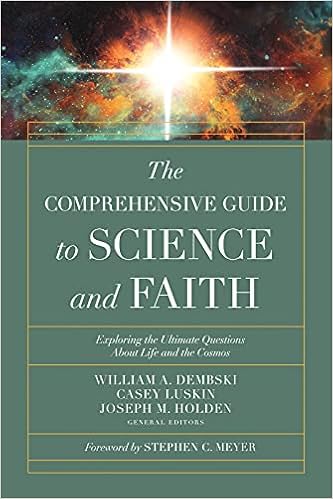
The key concept is specified complexity: complexity that means something:
Roughly speaking, something is complex if it is unlikely. But complexity or unlikelihood alone is not enough to infer design. To see why, imagine that you are dealt a five-card hand for a poker game. Whatever hand you receive is going to be very unlikely. Even if you get a good hand, like a straight or a royal flush, you’re not necessarily going to say, “Aha! The deck was stacked.” Why? Because unlikely things happen all the time. We don’t infer design simply because of something’s being unlikely. We need more — according to ID theorist William Dembski, that is specification. Something is specified if it matches an independent pattern.
To understand specification, imagine you are a tourist visiting the mountains of North America. First, you come across Mount Rainier, a huge, dormant volcano in the Pacific Northwest. This mountain is unique; in fact, if all possible combinations of rocks, peaks, ridges, gullies, cracks, and crags are considered, its exact shape is extremely unlikely and complex. But you don’t infer design simply because Mount Rainier has a complex shape. Why? Because you can easily explain its shape through the natural processes of erosion, uplift, heating, cooling, freezing, thawing, weathering, etc. There is no special, independent pattern to the shape of Mount Rainier. Its complexity alone is not enough to infer design.
Now you visit a different mountain — Mount Rushmore in South Dakota. This mountain also has a very unlikely shape, but its shape is special. It matches a pattern — the faces of four famous Presidents. With Mount Rushmore, you don’t just observe complexity; you also find specification. Thus, you would infer that its shape was designed
Editor’s note: This article is an excerpt from a chapter in the newly released book The Comprehensive Guide to Science and Faith: Exploring the Ultimate Questions About Life and the Cosmos (2021)
Casey Luskin, “What Is Intelligent Design and How Should We Defend It?” at Evolution News and Science Today (December 6, 2021)
University of Waterloo computer science prof Jeffrey Shallit seems to doubt that there is any difference in information content between Mount Fuji in Japan and Mount Rushmore. Radical naturalism does that to people. That may be one reason why radical naturalism is losing its grip.